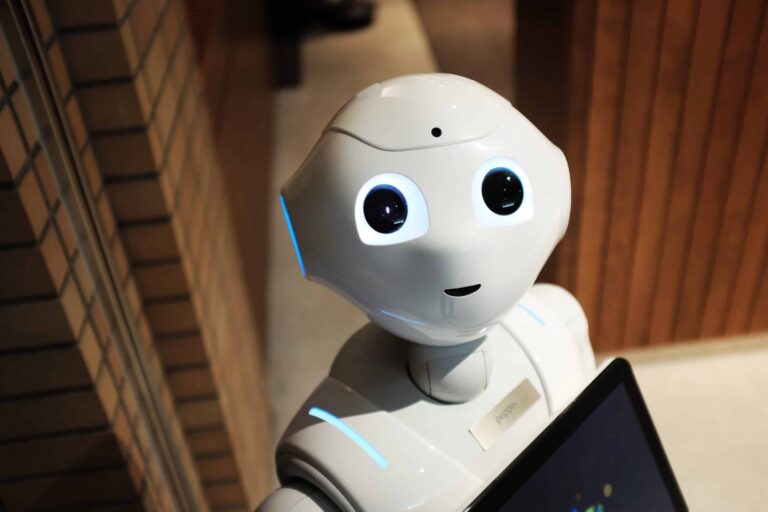The question on the minds of many in the restaurant industry is whether robot waiters are really the future. Many claim that they can solve the problem of staff shortages in restaurants.
Is this the real reason for their adoption? Meanwhile, sales of these robots are steadily increasing, with thousands already in operation around the world.
Table of Contents
Between pros and cons: robot waiters under the lens
Dennis Reynolds, dean of the Hilton College of Global Hospitality Leadership at the University of Houston, thinks this is the direction the world is taking.
His own school (a hotel institute of excellence) adopted a robot in its restaurant already. According to Reynolds, it has lightened the workload of human staff and made service more efficient.
Not everyone thinks like Reynolds, however. Some believe that robot waiters are nothing more than a publicity stunt and that there is still time before they can replace human waiters and restaurant workers.
The main snag? The physical one. These contraptions often face difficulties in the presence of stairs, terraces and other architectural barriers. A kind of challenge that will always make them useless in some types of restaurants.
Meanwhile, the advance is progressing
Despite the “physical” difficulties, however, robot waiters are spreading like wildfire. Bear Robotics, based in Redwood City, California, introduced its Servi robot in 2021 and plans to have 10,000 in service by the end of the year in 44 U.S. states and abroad.
About Pudu Robotics, based in Shenzen, China, we have written before in this article. Since its founding in 2016, the Chinese company has already deployed more than 56,000 robots worldwide.
Li Zhai, owner of the Noodle Topia restaurant in Madison Heights, Michigan, purchased a BellaBot from Pudu Robotics in 2021 to cope with staff shortages.
The robot has been so successful that it has added two more robot waiters. Now, one robot escorts customers to tables, while another carries bowls of steaming noodles. A third robot picks up dirty dishes and takes them to the kitchen.
In addition, customers often share videos of the robots on social media, attracting new visitors. “Besides saving on staff, robots generate business,” Zhai said.
Thanks to the robot waiters, Zhai can handle the same volume of work with only three people compared to the five or six he previously employed.
Read also: Musk presents Optimus, the first humanoid robot: what it will do and how much it will cost
Robot waiters, an inevitable future?
As with other things triggered by Covid, the adoption of robot waiters has been accelerated by temporary global staff shortages due to the pandemic years and social restrictions.
In the U.S., the restaurant industry still employs 400,000 fewer people than pre-pandemic levels. In a recent survey, 62 percent of restaurant operators said they do not have enough employees to meet customer demand.
The Pizza Hut chain already has robot waiters in 1,000 Chinese restaurants. In the U.S., the Chick-fil-A chain is trying them out in several locations (again on the grounds that they “allow human staff more time,” etc.).
They won’t be everywhere, though. A certain percentage of restaurants will have human waiters. Needless to say, they will be the really very small ones or, on the contrary, the most luxurious ones. The rest will most likely rely on robots, both in the dining room and in the kitchen.
Read also: Fourth Industrial Revolution: what is it and what are its distinctive technologies












